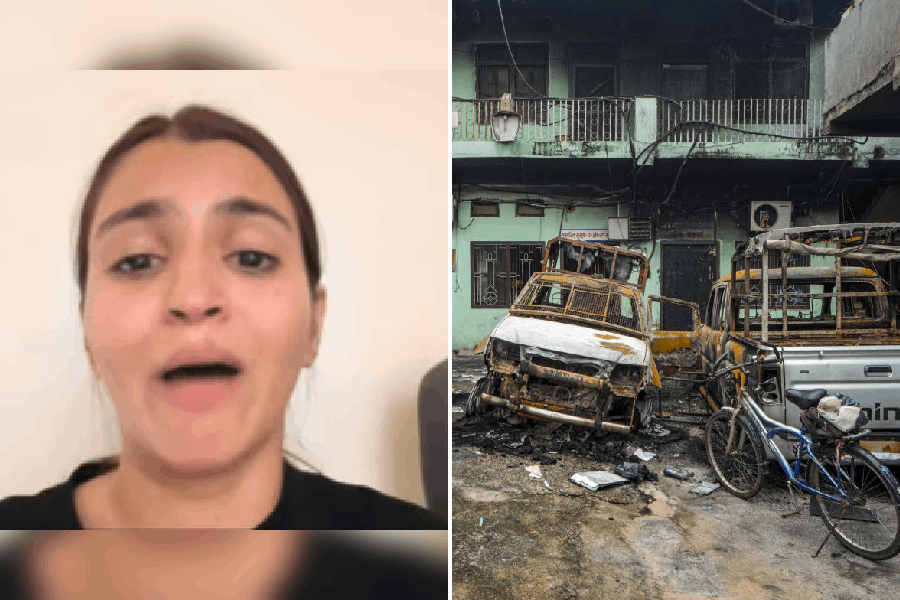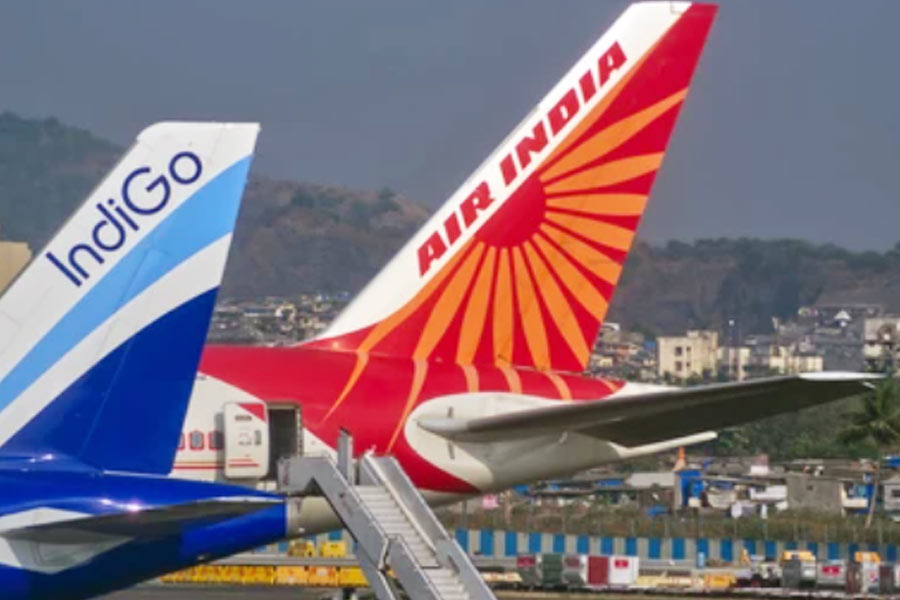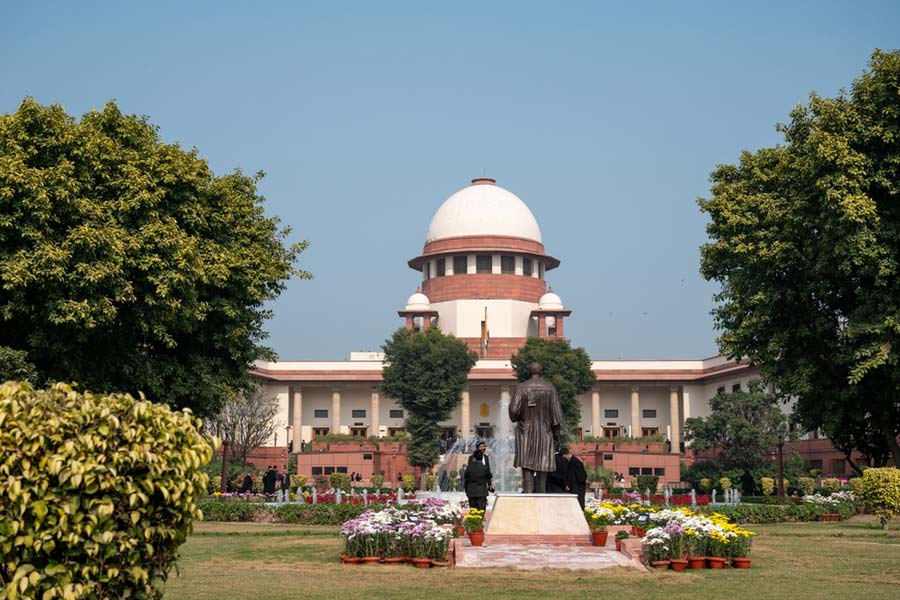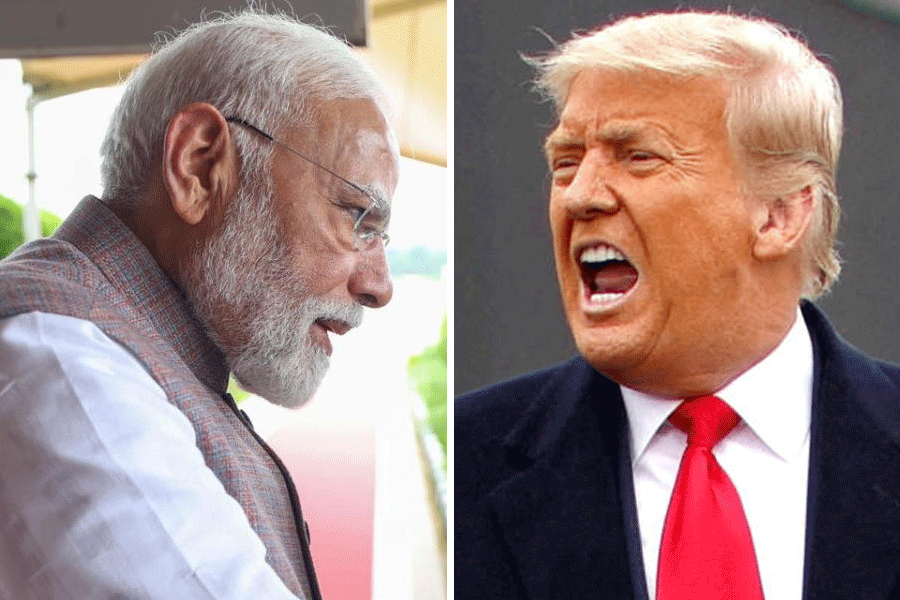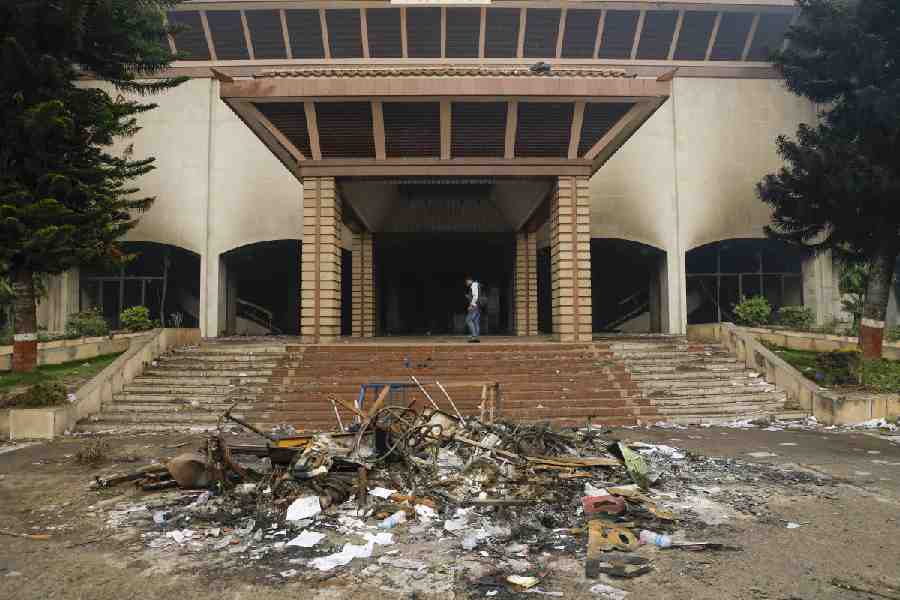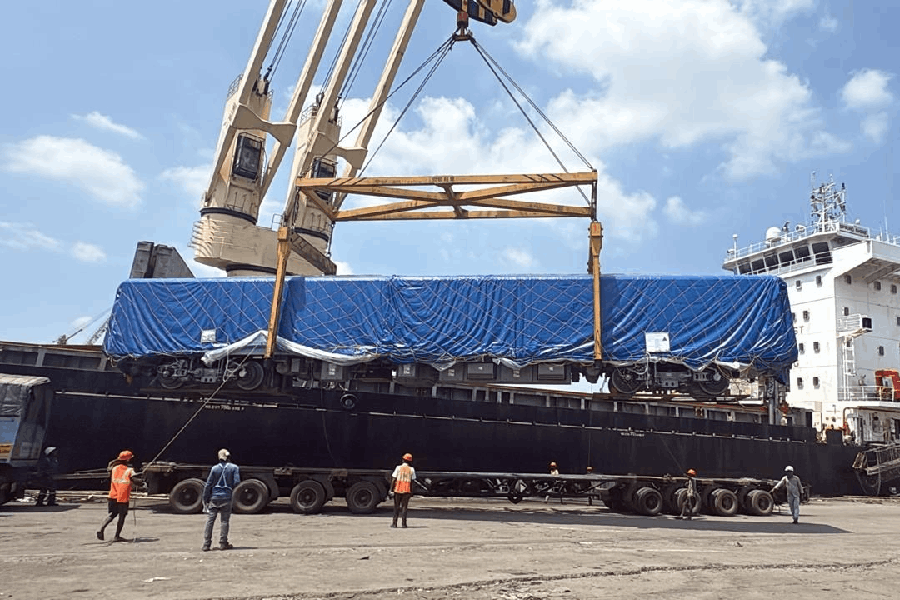 |
| Kasab: Stateless actor? |
Dec. 3: Pakistan President Asif Ali Zardari calls him a “stateless actor”. Indian investigators call him Mohammed Ajmal Mohammed Amin Kasab, s/ Mohammed Amir Amin, originally of Faridkot village in Pakistan, now living in Lahore.
“These are stateless actors who have been operating all throughout the region… holding hostage the entire world,” he said on the CNN show Larry King Live.
The Indian establishment maintains that Kasab, the lone attacker captured alive, is not “stateless”. The terrorist, the investigators said, had told them he was a native of Faridkot village in Pakistan’s Okara district of Punjab province, 50km east of Multan.
But Zardari said he was sceptical of the claim. “We have not been given any tangible proof to say that he is definitely a Pakistani. I very much doubt, Larry, that he’s a Pakistani,” the President told the host of the CNN show.
Pakistani security officials parroted their head of state. “We are not ready to accept any such claims that attackers or an attacker were Pakistanis or had links in Pakistan unless substantive evidence is shared with us,” a senior security official in Islamabad said on condition of anonymity.
Investigators in India have pieced together a profile of the 21-year-old based on what he has disclosed and are now getting it independently verified.
The story is of deprivation and rootless drifting that turned an uneducated labourer struggling for survival to a petty criminal and then to a terrorist.
Born on July 13, 1987, to Noori Tai and Mohd Amir Amin, 47, a “paani-puri chaat wala”, Kasab is the third of five children of a family belonging to the lower-rung Kasai (butcher) caste.
His eldest brother, Afzal, 25, works as a labourer in Lahore and lives in a tenement near Yadgar Minar in Lahore. Elder sister Rukaiyya Husain, 22, is married and lives in the village. Kasab is followed by Suraiyya, 14, and brother Munir, 11.
Their father couldn’t afford to keep the academically indifferent boy at Government Primary School in Faridkot beyond Class IV. For a few years he drifted along till, in 2005, he went to live at Syed Ali Hajveri shrine in Lahore and, like his elder brother, began working as labourer. He found the work demeaning and got attracted to petty crime.
But investigators are still not sure how he went on to become a part of the terror network.
One version is that he ran into activists of the Jamaat-ud-Dawa — a front of the Lashkar-e-Toiba — at Rawalpindi who invited him to a camp called Markaz Taiba.
Another version, quoting Kasab, says his father introduced him to a Lashkar commander in exchange for cash.
But analysts say it is unlikely that a coerced recruit would be sent on a mission like the one in Mumbai.
“They would not send somebody who could compromise such a mission,” said Kanchan Lakshman of the Institute for Conflict Management in Delhi.
It was at the camp that Ajmal, till then inclined towards a career in crime, began getting influenced by films on India’s “atrocities” in Kashmir and by impassioned speeches of preachers, including Lashkar chief Hafiz Mohammad Saeed. He started believing it might be worth sacrificing his life for the glory of Islam.
Ajmal was chosen for Lashkar’s basic combat course, Daura Aam. He fared well and was picked for a small group of 32 for advanced training, Daura Khaas, at a camp near Manshera. He did well here too and was selected for high-skill marine commando and navigation training, imparted to the team of 10 fidayeen chosen to attack Mumbai.
Ajmal is learnt to have told investigators that he feared his family members would be killed because he was ordered not to be taken alive. “Spread terror and your family will be looked after,” he was told by his handlers, according to investigation sources.
But security sources in India had a word of caution. A source pointed out that Ajmal had been trying to mislead the investigators with inconsistent answers: he initially gave his name as Abu Ismail — the name of a slain gunman — and sometimes said there were 10 attackers, at other times that there were more than 10.
There is also speculation that Ajmal’s apparent fluency in English points to a middle-class, relatively well-off background.
It is these inconsistencies that have been highlighted by the Pakistan establishment and media to suggest that India did not have anything concrete to go by.
A report in The Guardian said Faridkot, a dusty backwater in the south of Punjab province, had been overrun by Pakistani intelligence agents and police looking into claims originating from India.
“All the agencies have been here and the (police) special branch,” said village elder Mehboob Khan Daha. “We have become very worried. What’s this all about?”
Locals say there are no jihadis in the village. “I can think of maybe 10 or 20 people here who have even been as far as Multan (50km away),” Ijaz Ahmed was quoted as saying by The Guardian.
No one appeared to be able to speak much English. None of the villagers recognised the face in the photograph that has been widely beamed on TV. Ajmal is said to speak fluent English and a clear photograph of him shows a young man in western clothes.
Shown his picture, Daha said: “That’s a smart-looking boy. We don’t have that sort around here.”
Agents of Pakistan’s Inter-Services Intelligence (ISI) said there were five Ajmals in the village, all present except one who is living in Lahore.
It is the Lahore link that Indian agencies are trying to establish.
With inputs from Samyabrata Ray Goswami in Mumbai and Nasir Jaffry in Islamabad


